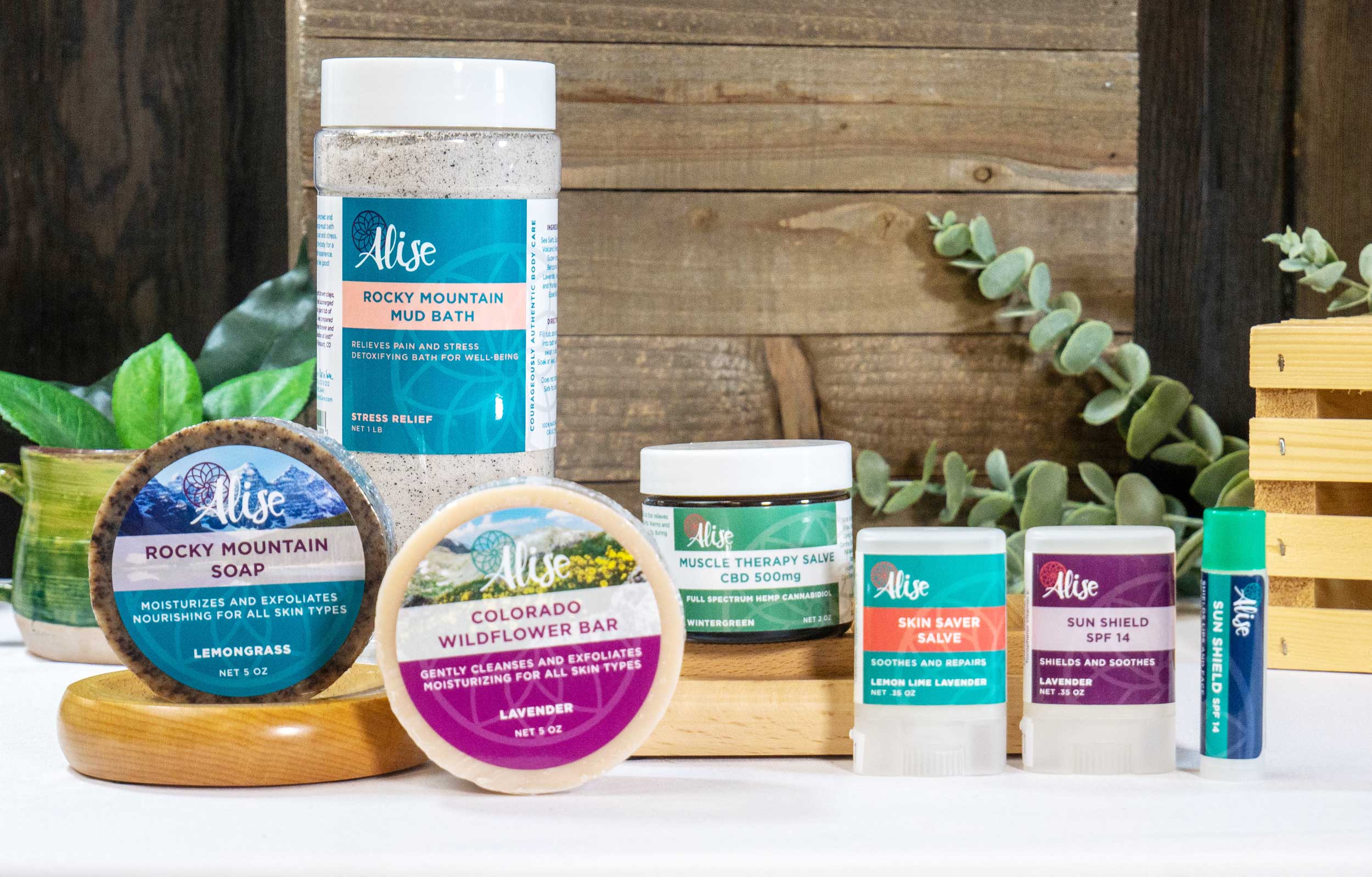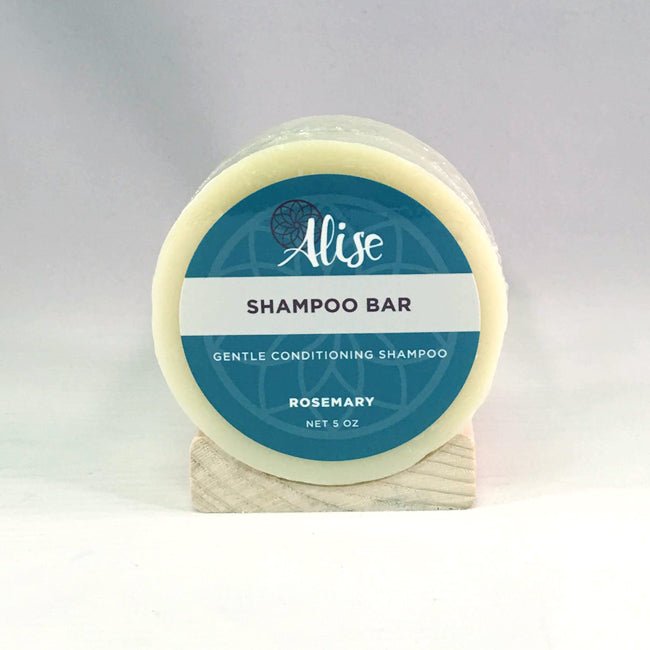Natural Skin Protection and SPF
originally written June 1, 2019, updated June 22, 2021
Understanding the basics of SPF
The sun emits two types of UV rays that can be harmful to your skin: UVA and UVB rays. UVA rays penetrate deep into the skin, which can possibly cause long-term damage like aging and wrinkles. UVB rays, on the other hand, are shorter than UVA rays. They can burn the surface of your skin, causing sunburn. Sunscreen is designed to protect your skin from the sun’s rays. It does so in a variety of ways, including absorbing and deactivating, degrading, and reflecting the rays.
SPF stands for “Sun Protection Factor”, and is a measure of the sunscreen’s ability to protect your skin from UVB rays. The basic calculation works like this: “If it takes 1 minute for your unprotected skin to start turning red , using an SPF 15 sunscreen theoretically prevents reddening 15 times longer.” Let’s say you purchase an SPF 15 sunscreen. If it typically takes 10 minutes until your skin starts to burn, by using the SPF 15, you’re theoretically protected from the sun for 150 minutes, or 2.5 hours. This is a rough estimate that depends on skin type, intensity of sunlight and amount of sunscreen used. SPF is actually a measure of protection from amount of UVB exposure and it is not meant to help you determine duration of exposure.
A popular question we hear often is: “…if my facial moisturizer has SPF of 15 and I also apply a sunscreen of SPF 30, do I now have SPF 45 protection?”
Unfortunately, SPF value doesn’t work that way. When you apply 2 or more skin care products that both contain SPF, the protection level you will have is the greater SPF value of the products applied. In our example above, SPF 30 would be the sun protection factor.
Which SPF value is right for your skin?
In addition to understanding how “Sun Protection Factor” (SPF) number works, your skin type plays a huge role too. In 1975, the Fitzpatrick Skin Type system was developed. This system classifies skin type according to the amount of pigment your skin has and your skin’s reaction to sun exposure. This information can help predict your overall risk of sun damage (sun burn). Click here to learn more about the Fitzpatrick Skin Type system and if you would like to take the quiz to discover your skin type.
Are there natural ingredients that provide sun protection?
YES! Nature offers us many ingredients that have a natural SPF (Sun Protection Factor).
The following is a list of natural ingredients that have an SPF value:
- Olive Oil – SPF 4-8.
- Avocado Oil – SPF 4–10 (can get as high as 15)
- Coconut Oil – SPF 4-5
- Almond Oil – SPF 5
- Jojoba Oil – SPF 4
- Sesame Seed Oil – SPF 4.
- Hemp Seed Oil – SPF 6
- Zinc Oxide – SPF 8 – 100 (natural mineral)




Many of the listed ingredients also offer antioxidants and skin replenishers which help to nourish the skin while providing sun protection. In our Sun Shield products, we use a blend of oils: extra virgin olive, avocado, jojoba, sweet almond and coconut to ensure your skin is getting the best possible nutrients and antioxidants while being exposed to the sun.
Mineral-based Sun Protection – Our choice is Zinc Oxide
The primary natural SPF ingredient in our Sun Shield products is zinc oxide. Zinc oxide is a natural mineral which provides the safest and most effective protection against UV rays. Unlike chemical sunscreens, zinc forms a physical barrier on the skin, reflecting the sun’s rays rather than absorbing them. Zinc Oxide is the best performing ingredient for blocking both UVA and UVB rays. Zinc is nontoxic and can be less irritating to skin than chemical sunscreens (Wiki).

We currently offer the following Sun Shield products: Beautiful Skin Sun Shield .35oz (No Scent Added, Lavender), Sun Shield .15oz No Scent Added Lip Balm
Whenever you’re in doubt about your skin concerning how much sun exposure is too much exposure, covering up with layer of clothing is usually the best way to protect your skin.
Written by Lisa Scheerer, CEO and Creative Alchemist of Not The Same dba Alise Body Care
June 1, 2019 updated June 2021





Leave a comment
This site is protected by hCaptcha and the hCaptcha Privacy Policy and Terms of Service apply.